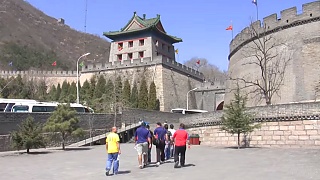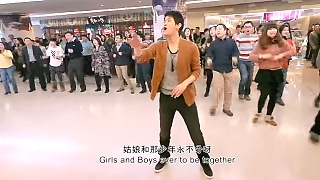With Gregor Brown ...
[640],shadow=true,start=,stop=Related Videos
Featured Videos

|
Compare that with the UK's (maybe) 250 km single line (HS2).
With Jason / Living In China ...
With For All Life's Adventures ...
|
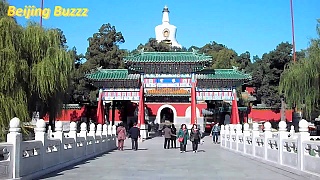
|
Featuring many places from around the blue sky city of Beijing ...
|

|
YunNan province.
A beautiful film of a wonderful place - don't miss it ...
Live more !
|

|
TiānMén Shān lies near the city of ZhangJiaJie ...
|

|
With Tanya in China ...
|
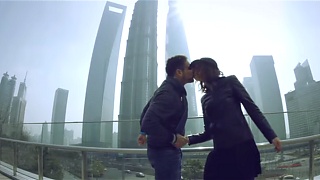
|
With a great song by Pharrell Williams
Bonus film ...
Family and friends from the Philippines on a trip to Beijing ...
|
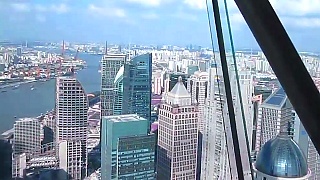
|
The Oriental Pearl Tower lies in PuDong, next to the HuangPu River and on the opposite side of the river from the Bund.
|
 The real China
The real China




